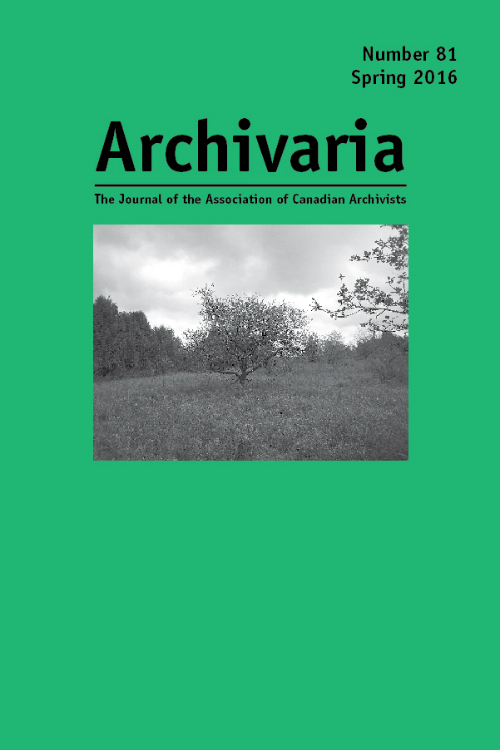Archiving Paul: Manuscripts, Religion, and the Editorial Shaping of Ancient Letter Collections
Abstract
In “Archiving Paul,” the author attempts to “think archivally” about what has come to be called the corpus Paulinum – a collection of 13 (or so) letters attributed to Paul of Tarsus, who is commemorated as one of the founding figures of Christianity. This article looks to archiving practices associated with ancient letters, primarily Paul’s letters, in an effort to expose how such practices employ different editorial strategies with the effect of producing varying construals of authenticity and originality. After arguing that the textual history of the corpus Paulinum can be considered as an archive, the author generalizes three modes by which editors have shaped that archival material: collection, corpus, and canon. While these modes are not necessarily meant to be applicable for all archival study, their relevance specifically to the corpus Paulinum facilitates an awareness of the different forms that archival alteration can take and the way in which such shaping mediates the engagement of subsequent users.
RÉSUMÉ
Dans « Archiving Paul », l’auteur tente de « penser de façon archivistique » au sujet de ce qu’on appelle maintenant le corpus Paulinum – une collection d’environ treize lettres attribuées à Paul de Tarse, qui est reconnu comme l’une des figures fondatrices de la chrétienté. Cet article examine les pratiques archivistiques liées aux anciennes lettres, surtout celles de Paul, dans le but de montrer comment de telles pratiques se servent de différentes stratégies de rédaction qui ont comme résultat de produire des interprétations variantes de l’authenticité et de l’originalité. Après avoir présenté son argument que l’histoire textuelle du corpus Paulinum peut être considérée comme un document d’archives, l’auteur généralise trois façons par lesquels les rédacteurs ont formé le matériel archivistique : collection, corpus et canon. Alors que ces façons ne sont pas nécessairement destinées à être applicables à toutes les archives, leur pertinence spécifique au corpus Paulinum facilite une prise de conscience des différentes formes que peut prendre la modification archivistique et la manière dont de tels façonnages servent d’intermédiaire lorsque de subséquents utilisateurs s’y engagent.
Authors of manuscripts accepted for publication retain copyright in their work. They are required to sign the Agreement on Authors' Rights and Responsibilities that permits Archivaria to publish and disseminate the work in print and electronically. In the same agreement, authors are required to confirm that "the material submitted for publication in Archivaria, both in its paper and electronic versions, including reproductions of other works (e.g. photographs, maps, etc.) does not infringe upon any existing copyright." Authors of manuscripts accepted for publication retain copyright in their work and are able to publish their articles in institutional repositories or elsewhere as long as the piece is posted after its original appearance on archivaria.ca. Any reproduction within one year following the date of this agreement requires the permission of the General Editor.





